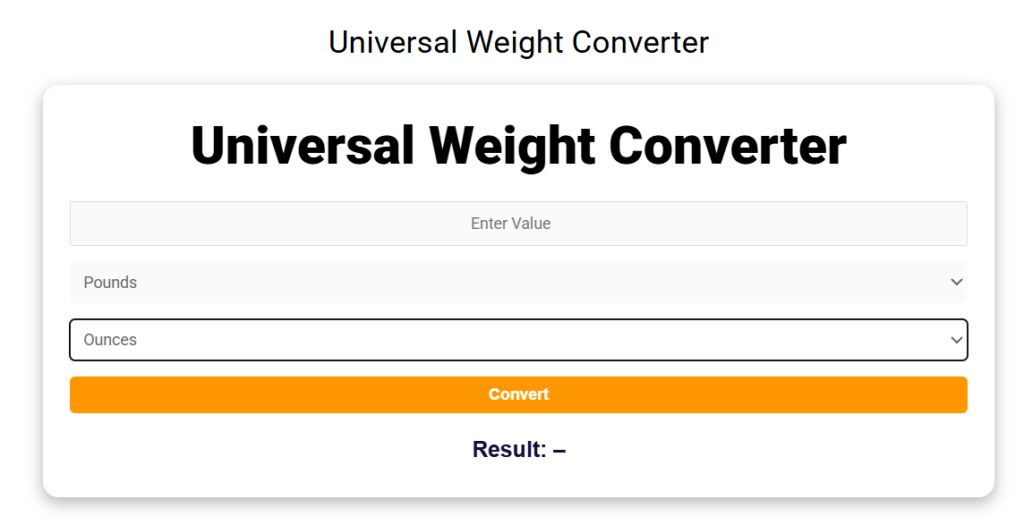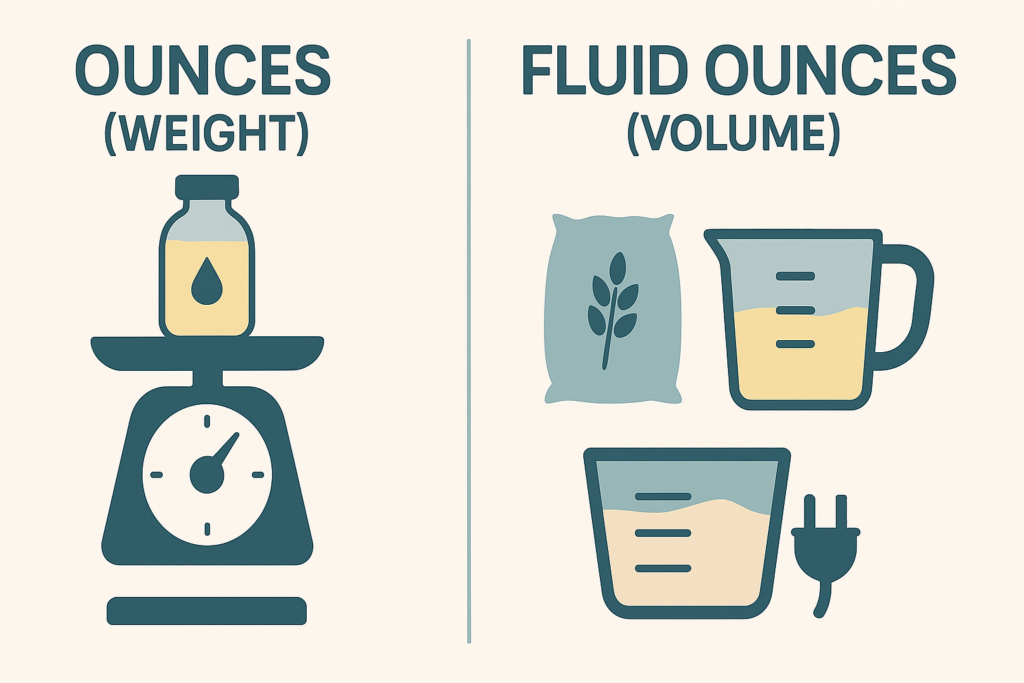Introduction: The Confusing World of Ounces
Ever found yourself looking at a recipe that calls for “4 oz of milk” and wondering: “Is that fluid ounces or weight ounces?” You’re not alone. Many people—especially those new to cooking, baking, or measuring substances—mix up fluid ounces (fl oz) and ounces (oz) because they sound the same. But they’re not the same, and using one in place of the other can result in inaccurate measurements, spoiled recipes, or even lab mistakes.
In this article, we’ll break down the difference between fluid ounces and ounces, how they’re used in different contexts, and how to convert between them when necessary. Let’s settle this once and for all.
Understanding Volume vs. Weight
At the core of this confusion is the fact that fluid ounces and ounces measure different things:
- Fluid Ounces (fl oz): Measure volume (how much space something occupies)
- Ounces (oz): Measure weight (how heavy something is)
📌 Think of it this way:
- 1 fluid ounce = about 29.57 milliliters (ml) in the U.S.
- 1 ounce = about 28.35 grams (g)
They sound similar, but one is measuring space, and the other is measuring mass.
Use Cases in Cooking and Chemistry
In the Kitchen:
Fluid ounces and ounces are both used frequently in recipes, but the ingredients determine which one is appropriate.
- Liquids (milk, oil, water, juice) are measured in fluid ounces
- Solids (flour, sugar, cheese) are measured in weight ounces
It gets trickier when an ingredient can be both. For instance:
- 1 fl oz of honey does not weigh 1 oz because it’s denser than water.
- 1 fl oz of oil weighs less than 1 oz due to its lower density.
In Chemistry or Lab Settings:
Accurate measurement is critical. Confusing fl oz and oz can lead to invalid experiments or dangerous results. Here, lab professionals often rely on milliliters (ml) and grams (g) to avoid ambiguity.

Weight and Mass Converter
Conversion Examples: Milk, Water, Oil
Let’s walk through how different liquids convert from fluid ounces (volume) to ounces (weight).
💡 Note: These conversions are approximate and depend on temperature and density of the liquid.
1. Water
Water is the baseline because its density is close to 1 g/ml:
- 1 fl oz water ≈ 1.043 oz
- So, 8 fl oz (1 cup) water ≈ 8.34 oz
2. Milk
Milk is slightly denser than water due to fats and proteins:
- 1 fl oz milk ≈ 1.07 oz
- So, 1 cup (8 fl oz) milk ≈ 8.6 oz
3. Olive Oil
Oil is less dense than water:
- 1 fl oz olive oil ≈ 0.92 oz
- 1 cup (8 fl oz) olive oil ≈ 7.36 oz
As you can see, fluid ounces do not translate 1:1 into ounces unless you’re measuring water under standard conditions.
Tools to Measure Accurately
To avoid miscalculations, it’s essential to use the right tools for the right units.
For Volume (Fluid Ounces):
- Measuring cups (U.S. or metric)
- Liquid measuring jugs
- Graduated cylinders (for lab work)
For Weight (Ounces):
- Digital kitchen scale
- Postal or food-grade scale
- Precision lab scale (in scientific contexts)
Make sure to zero out (tare) the container weight before measuring solids on a scale.
Summary Chart: Fluid Ounces vs. Ounces
| Metric | Fluid Ounce (fl oz) | Ounce (oz) |
| Unit Type | Volume | Weight |
| Measured With | Cups, jugs, cylinders | Scales |
| Use For | Liquids | Solids & some liquids |
| Common Conversion | 1 fl oz ≠ 1 oz | Varies by substance |
| Example – Water | 8 fl oz = 1 cup | ≈ 8.34 oz (by weight) |
| Example – Oil | 8 fl oz | ≈ 7.36 oz |
Conclusion: Know What You’re Measuring
Understanding the difference between fluid ounces and ounces can dramatically improve your cooking accuracy, scientific experiments, or shipping estimates. Always ask: “Am I measuring volume or weight?” before reaching for your tool of choice.
If you’re ever unsure, remember:
- Fluid ounces = volume = use cups or jugs
- Ounces = weight = use a scale
This small distinction can save your recipe, lab test, or shipment from disaster

